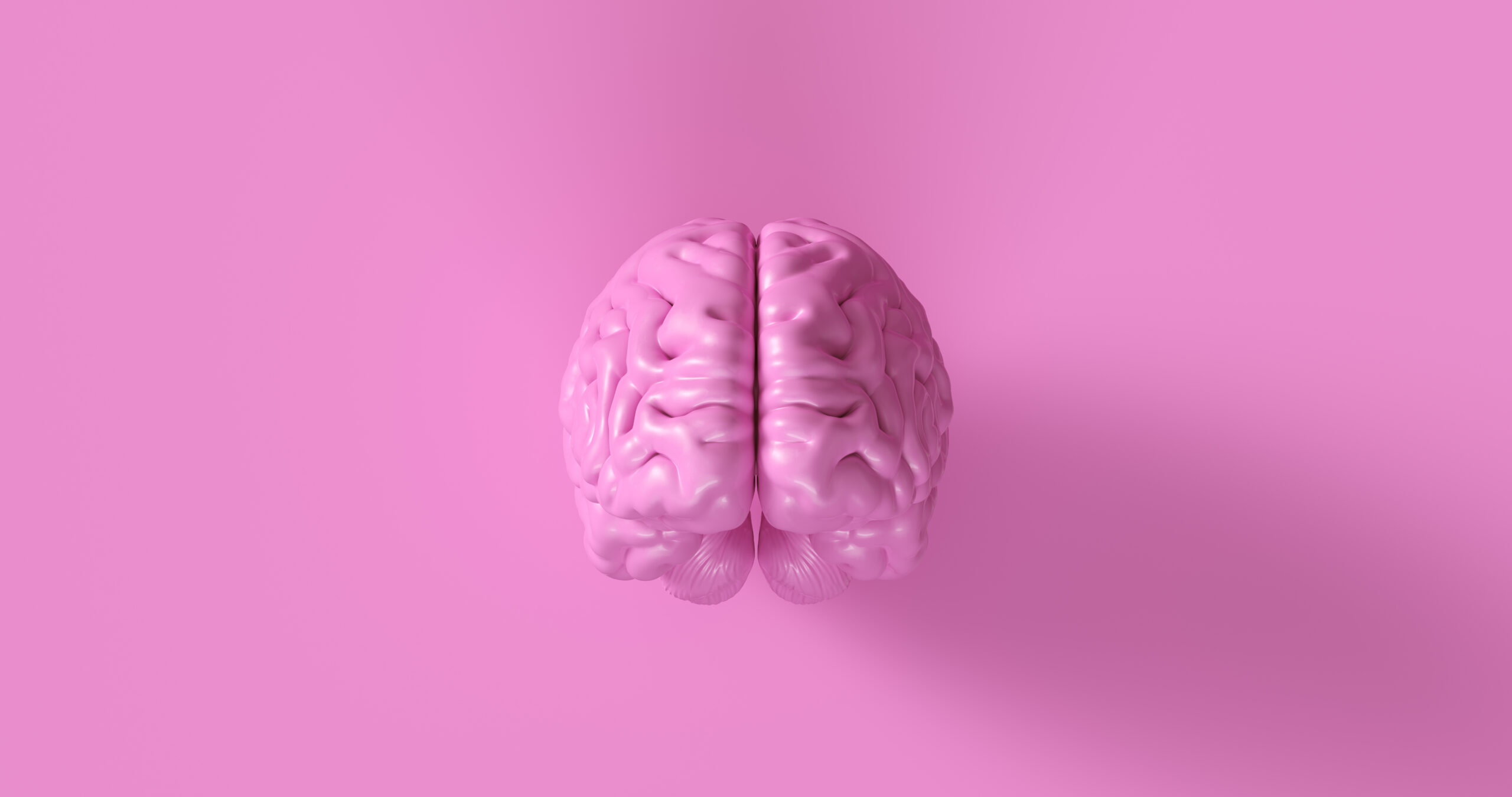mindfulness techniques for caregivers
### Mindfulness Techniques for Caregivers: Finding Peace in the Moment
Being a caregiver can be a challenging and emotionally demanding role. Whether you are caring for a child with ADHD or an adult with dementia, the stress and pressure can sometimes feel overwhelming. However, there are simple yet powerful tools that can help you manage your stress and find peace in the moment: mindfulness techniques.
### Why Mindfulness Matters
Mindfulness is about being present in the moment. It teaches you to focus on what you are doing right now, rather than worrying about the past or future. For caregivers, this can be incredibly helpful. When you are fully engaged in the present, you can better handle the challenges of caregiving and find moments of calm amidst the chaos.
### Breathing Exercises: A Simple yet Powerful Tool
One of the most basic yet effective mindfulness techniques is breathing exercises. This involves taking slow, deep breaths, focusing on the sensation of the air moving in and out of your body. Here’s how you can do it:
1. **Find a Quiet Space**: Sit comfortably in a quiet place where you won’t be disturbed.
2. **Take a Deep Breath**: Inhale slowly through your nose, allowing your belly to expand.
3. **Hold the Breath**: Hold the breath for a second or two.
4. **Exhale Slowly**: Exhale slowly through your mouth, feeling your body relax.
5. **Repeat**: Repeat this process several times until you feel more relaxed.
### Guided Imagery: Visualizing Peace
Guided imagery is another powerful technique that can help you find calm. This involves using your imagination to visualize peaceful scenes, such as a quiet beach or a serene forest. Here’s how you can do it:
1. **Close Your Eyes**: Find a comfortable position and close your eyes.
2. **Imagine a Peaceful Scene**: Use your imagination to picture a peaceful place.
3. **Engage Your Senses**: Imagine the sights, sounds, and smells of the place.
4. **Stay in the Moment**: Focus on the peaceful scene, letting go of any worries or stress.
### Progressive Muscle Relaxation: Releasing Tension
Progressive muscle relaxation is a technique that helps you release physical tension. Here’s how you can do it:
1. **Tense and Relax**: Start by tensing a specific muscle group, such as your shoulders or arms.
2. **Hold for a Few Seconds**: Hold the tension for a few seconds.
3. **Release**: Release the tension and feel your muscles relax.
4. **Repeat**: Repeat this process for different muscle groups, working your way down your body.
### Sensory Awareness Walks: Connecting with Nature
Sensory awareness walks are a great way to connect with nature and find peace. Here’s how you can do it:
1. **Take a Walk**: Take a quiet walk in a natural setting, such as a park or garden.
2. **Focus on Your Senses**: Pay attention to the sights, sounds, smells, and textures around you.
3. **Notice Details**: Notice the small details, like the smell of flowers or the sound of birds chirping.
4. **Stay Present**: Stay present in the moment, letting go of any worries or distractions.
### Integrating Mindfulness into Your Daily Routine
To make mindfulness a part of your daily routine, try incorporating these techniques into your caregiving activities. For example:
– **Morning Breathing Exercise**: Start your day with a breathing exercise to set a calm tone.
– **Guided Imagery After School**: Use guided imagery after school to help your child transition from a busy day to home time.
– **Bedtime Muscle Relaxation**: Practice progressive muscle relaxation at bedtime to encourage restful sleep.
### The Role of Parents and Caregivers
Your engagement in these mindfulness exercises is crucial. When you practice mindfulness with your child or loved one, you not only





